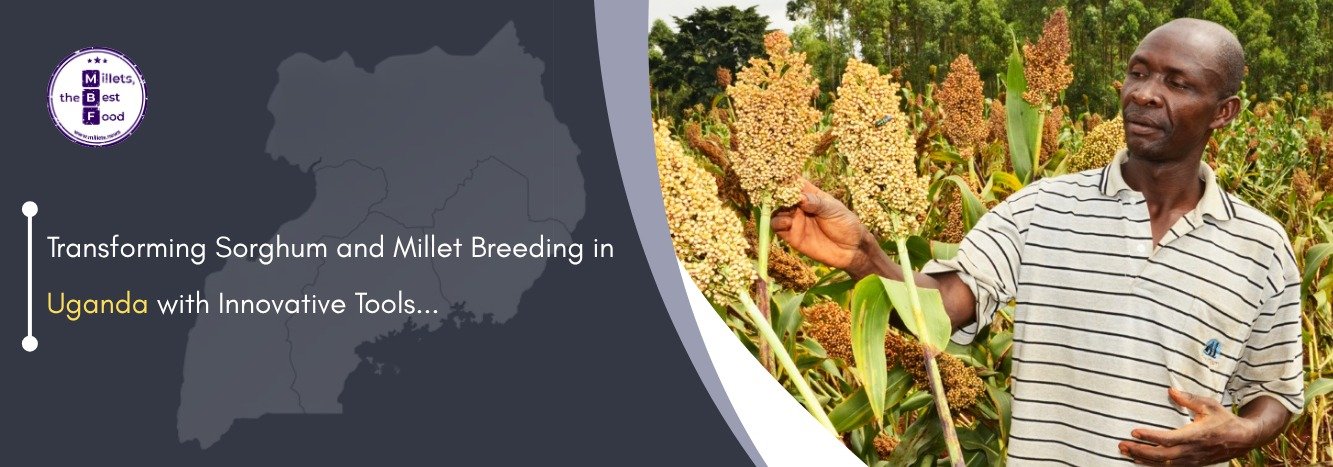
Sorghum and millets are essential crops for ensuring food and nutritional security in Uganda. Yet, conventional breeding methods have struggled to unlock their full potential. To overcome these limitations, scientists and agricultural experts are now embracing modern, data-driven breeding strategies to fast-track the development of improved crop varieties.
Marker-Assisted Selection (MAS) is revolutionizing how breeders identify and cultivate desirable traits in plants. Using molecular markers—specific DNA sequences linked to favorable traits—scientists can pinpoint characteristics like drought resistance, improved grain yield, and disease tolerance with greater precision. This approach significantly shortens the time it takes to breed more resilient sorghum and millet varieties.
The Target Product Profile (TPP) approach defines exactly what the ideal crop variety should look like—whether it’s early maturing, high-yielding, or able to thrive in challenging conditions. With these clear goals in mind, breeders can design focused programs that meet the real-world needs of Ugandan farmers and consumers.
Combining MAS and TPP not only enhances accuracy but also makes the entire breeding process more efficient. These tools help reduce the trial-and-error often associated with traditional methods, speeding up the release of new varieties that are well-suited to Uganda’s climate, soils, and farming systems.
This progress is made possible through partnerships between researchers, government bodies, and local communities. Together, they are ensuring that these scientifically enhanced crops reach the farmers who need them most—helping boost productivity, improve livelihoods, and strengthen food security across the country.
© 2023 - 2025 Millets News. All rights reserved.